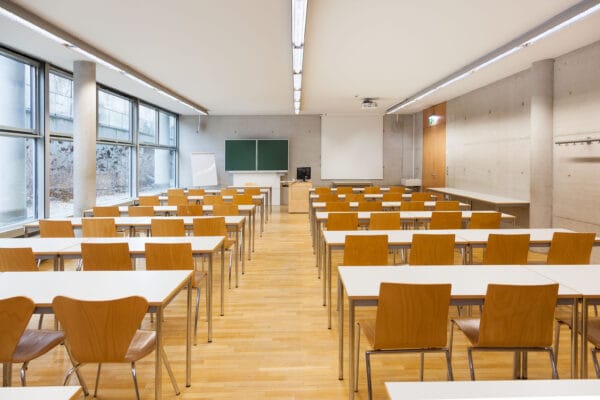
NAME:
SOWI - UR 3
BUILDING:
SOWI
FLOOR:
-1
TYPE:
Seminar Room
CAPACITY:
70
ACCESS:
Only Participants
EQUIPMENT:
Beamer, PC, WLAN (Eduroam), Overhead, Flipchart, Blackboard, Handicapped Accessible, LAN
The Alps, Europe’s most significant mountain range, have been a lived-in and traversed landscape for over 5,000 years, shaped by human adaptation. Since the 19th century, with the rise of mountain tourism, the Alpine Space—spanning eight countries, with 27% of the territory in Italy—has become increasingly dotted with ski lifts, often within protected natural areas. In this context, the RESALIO research project (coordinated by the Department of Civil, Environmental, and Mechanical Engineering at the University of Trento, in collaboration with the Sustainable Development and Protected Areas Service of the Autonomous Province of Trento) explores innovative strategies for landscape regeneration in the Trentino sector of the Stelvio National Park, leveraging the existing cableway system from Peio Fonti to the Pejo3000 station, in Val di Sole. “Resalio”, an iterative form of the Latin word “salio”, evokes an extreme motion—i.e., the effort to climb back onto a capsized boat in a stormy sea— facilitated in this exceptional case by the cableway infrastructure, which enables a 1,591 m altitude jump. The project unfolds in three phases: (1) building a solid knowledge base through thematic mapping of the territory and analysis of national and international project experiences, as a scientific reference apparatus; (2) organizing thematic meetings—engaging invited guests in a shared vision for the Park—, and a two-part residential workshop, co-designing strategies and interventions, and constructing a prototype installation, “Tarlentamente”, in Peio Fonti; (3) translating the results into a typological manual of guidelines with an operational matrix to enhance the Park’s landscape through existing cable mobility, from territorial to point-scale interventions. Ultimately, RESALIO develops a methodology to disseminate knowledge about the protected area’s interconnected dimensions—fostering awareness of ecosystemic challenges among those who (re)climb the mountain—, and support Alpine resilience, facilitating ecological, environmental, and cultural transitions, and ensuring their continuity through open dialogue among citizens, administrations, stakeholders, and researchers—guided by principles of environmental and cultural sustainability aligned with the European Charter for Sustainable Tourism in Protected Areas.

We and use cookies and other tracking technologies to improve your experience on our website. We may store and/or access information on a device and process personal data, such as your IP address and browsing data, for personalised advertising and content, advertising and content measurement, audience research and services development. Additionally, we may utilize precise geolocation data and identification through device scanning.
Please note that your consent will be valid across all our subdomains. You can change or withdraw your consent at any time by clicking the “Consent Preferences” button at the bottom of your screen. We respect your choices and are committed to providing you with a transparent and secure browsing experience.